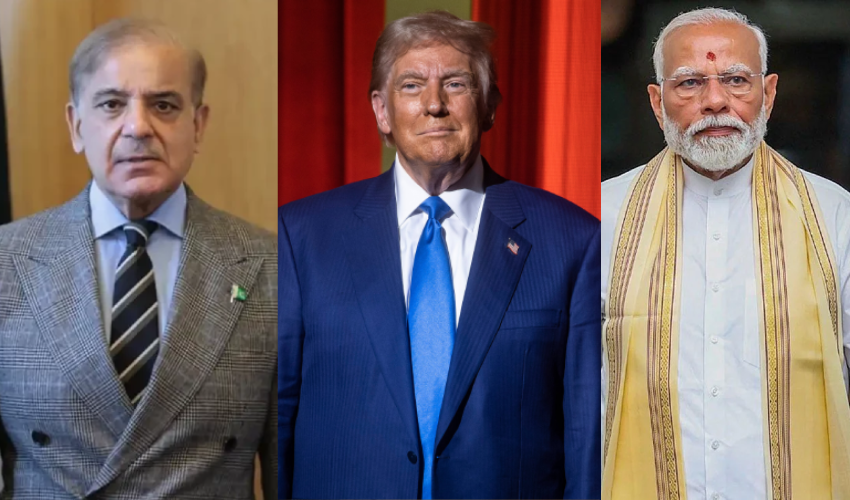In a dramatic turn of events, U.S. President Donald Trump revealed on Saturday that India and Pakistan have agreed to a full and immediate ceasefire. This development followed a tense night of back-and-forth negotiations led by American officials.
President Trump posted the news on his social media platform. He wrote,
“After a long night of U.S.-mediated talks, India and Pakistan have agreed to a FULL AND IMMEDIATE CEASEFIRE. Congratulations to both countries for choosing Common Sense and Great Intelligence.”
This announcement comes at a time of intense military escalation between the two nuclear-armed nations. Both countries had exchanged heavy missile fire in recent days. The strikes caused massive destruction and numerous casualties on both sides.
Indian military installations suffered major losses. Among the damaged sites were key airbases such as Pathankot, Udhampur, Bhuj, and Adam Port. These were confirmed by Indian defense officials following retaliatory missile attacks by Pakistan.
Although the ceasefire between India and Pakistan has been made public by the U.S., there is still no formal confirmation from either New Delhi or Islamabad. Officials in both capitals have remained silent so far.
However, diplomatic sources in Washington and Islamabad have shed light on the situation. According to them, the U.S. held urgent backchannel talks overnight. These secret negotiations aimed to pull both sides back from the edge of a full-scale war.
Pakistan Launches Operation Bunyan-un-Marsus
Before the ceasefire between India and Pakistan was declared, Pakistan launched a fierce counteroffensive in response to India’s earlier missile barrage. The military operation was code-named Operation Bunyan-un-Marsus.
Security sources confirmed that Pakistan fired at least three ‘Fatah 2’ missiles. These were directed at Indian military positions. One of the first targets hit was India’s BrahMos missile storage facility in Beas. The site was reportedly knocked out completely.
In addition to Beas, Pakistan’s counterattack damaged several key Indian airbases. These included Udhampur, Adampur, Suratgarh, Sirsa, Bathinda, Akhnoor, Halwara, and Pathankot. Intelligence officials noted that these bases were responsible for launching earlier attacks into Pakistan.
The ‘Fatah 2’ missile is said to have caused the most damage during the operation. Pakistani defense forces stated that all locations involved in the aggression against Pakistan were being systematically targeted.
Despite the scale of destruction, the news of a ceasefire between India and Pakistan has brought a temporary sense of relief. Peace talks, though fragile, have returned to the table. Yet, the sudden silence from both capitals keeps the region on edge.
The truce—though welcomed—remains uncertain. Without an official treaty or joint statement, the possibility of renewed violence still lingers. For now, however, the hope is that reason will prevail over war.


